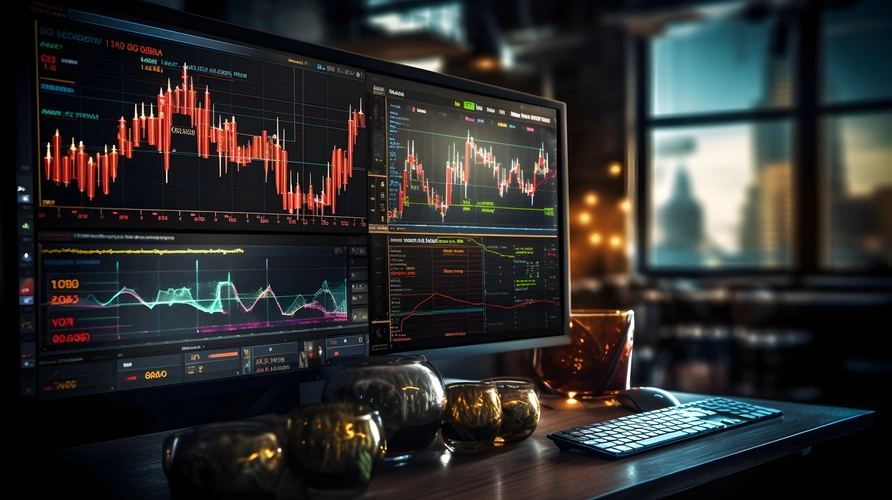
Originally published on: October 31, 2024
The recent debacle surrounding Michael Saylor’s comments on Bitcoin custody has created a rift within the crypto community. Saylor, the executive chairman of MicroStrategy, faced backlash after suggesting that Bitcoin holders should trust big banks with their assets, sparking debates on self-custody and the future of crypto adoption.
The controversy escalated quickly, with prominent figures like Ethereum co-founder Vitalik Buterin calling Saylor’s comments “batshit insane.” Despite the backlash, Saylor later clarified his stance on self-custody, emphasizing its importance in the crypto industry.
The incident highlighted a deeper ideological divide within the Bitcoin community between advocates of decentralization and those embracing institutional involvement. The tension reflects differing objectives for crypto, according to Nate Holiday, CEO of Space and Time.
While institutional interest in Bitcoin is on the rise, with record inflows into spot Bitcoin ETFs, the debate over custody options remains unresolved. Peko Wan of Pundi X believes that institutional custody could dilute Bitcoin’s self-sovereign philosophy, while Ryan Chow of Solv emphasizes the importance of true ownership in blockchain.
As Bitcoin evolves, the industry may see a shift towards a two-tier system where institutional and self-sovereign ecosystems coexist. While the tension between institutional adoption and decentralization principles persists, experts like Ian Lee and Ryan Chow believe that Bitcoin’s decentralized nature will endure.
In conclusion, the Bitcoin community must navigate the balance between its revolutionary roots and mainstream adoption to ensure the preservation of self-custody options. Saylor’s reversal highlights the need for finding this balance to secure Bitcoin’s future in the global financial system.
For more insights on cryptocurrency trends and investment opportunities, subscribe to the Markets Outlook newsletter for weekly updates. Don’t miss out on critical information to refine your trading strategies and spot potential risks and rewards in the market.




